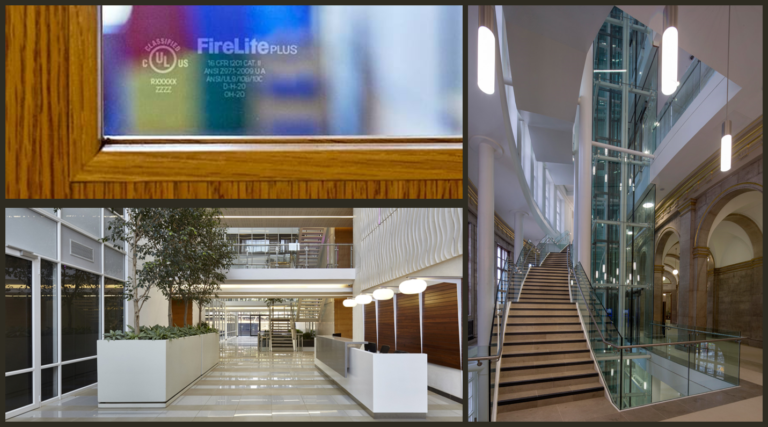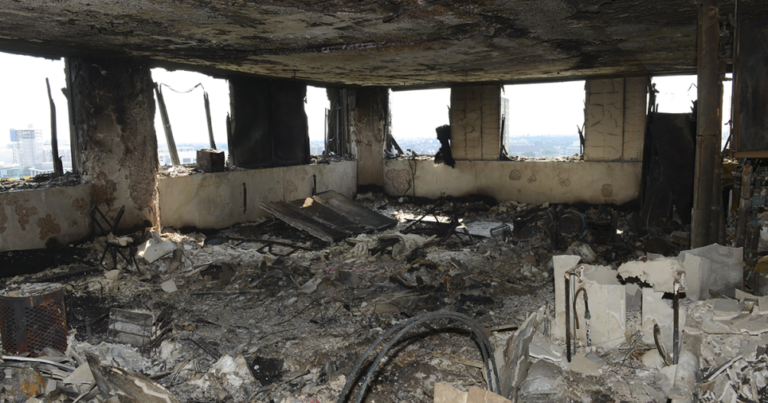One of the most frequent misunderstandings we’ve uncovered in our clients at Code Consultants International (CCI) is confusion regarding fire resistive construction and types of construction classification in the International Building Code (IBC). This is where a CCI plan review saves projects time and money, since we are familiar with the many types of construction and the associated classifications and codes.
There are five types of classifications for buildings (as can be found in IBC, chapter 6, Table 601). The intent of classifying buildings is to place appropriate limitations on the size, height and use of the building. As you can infer, the lowest type of construction, VB (unrated light frame), can be expected to perform relatively poorly under fire conditions compared to 1A (noncombustible and high fire rating). The confusion our clients express is often with the IBC classifying building construction types differently than the fire rating requirements to compartmentalize a fire area.
The best way to clear up this confusion is to look at an example. If a building is classified as Type II A construction, it must be built from noncombustible materials with the various building components having fire ratings indicated by Table 601 as follows:
Type II A Requirements
Structural Frame: 1 Hour
Interior and Exterior Bearing Walls: 1 Hour
Interior Nonbearing Walls & Partitions: 0 Hour
Floor Construction: 1 Hour
Roof Construction: 1 Hour
Let’s assume the building is an office building (B occupancy) of Type II A construction and has an interior bearing wall with a 1 hour fire rating. This wall is located between offices with a door connecting two offices. Since the wall is a 1 hour fire rated wall – what do you think the door’s fire rating should be? 0 Hour or 1 Hour?
SIGNIFICANCE OF 1 HOUR RATING
ACCORDING TO THE IBC, 1 HOUR ALLOWS FOR FIRE DEPARTMENTS TO RESPOND TO AND EXTINGUISH A FIRE BEFORE THE BUILDING COLLAPSES.
Many people logically conclude that the door must be 1 hour fire rated, but that conclusion is wrong. Openings in this interior bearing wall (with a 1 hour fire rating) do not have to be fire rated because the whole building was created to meet the Type II A requirements. When a building meets the Type II A construction requirements it can be expected to remain standing structurally for a period of 1 hour under fire conditions – even without the openings also having a 1 hour fire rating. The door between offices has no effect on the protected bearing wall. Opening protection is required in the following fire rated walls: stair enclosures, horizontal exits, corridors, occupancy separations, fire walls, exit passageways, dwelling/sleeping unit separations, and exterior walls (due to proximity to property line).
Sometimes creating an enclosed stair or fire rated corridor can add to confusion in our example building. The purpose of fire rated corridors and enclosed stairs is to prevent the spread of fire from one side of the wall to the other.
If you refer to Table 601, our example building shows that interior nonbearing walls and partitions have a 0 hour fire rating. In this case, an opening in a nonbearing wall or partition would be required to be protected with a fire rated door or fire damper.
You don’t have to make inferences when dealing with the International Building Code. The IBC is specific in its requirements and you can trust experienced experts in the code, like us, to help you build the best plan for your structure. Contact us for your plan review today.
REMEMBER:
A FIRE RATED WALL ONLY REQUIRES OPENING PROTECTION IF THE IBC SPECIFICALLY REQUIRES IT.




